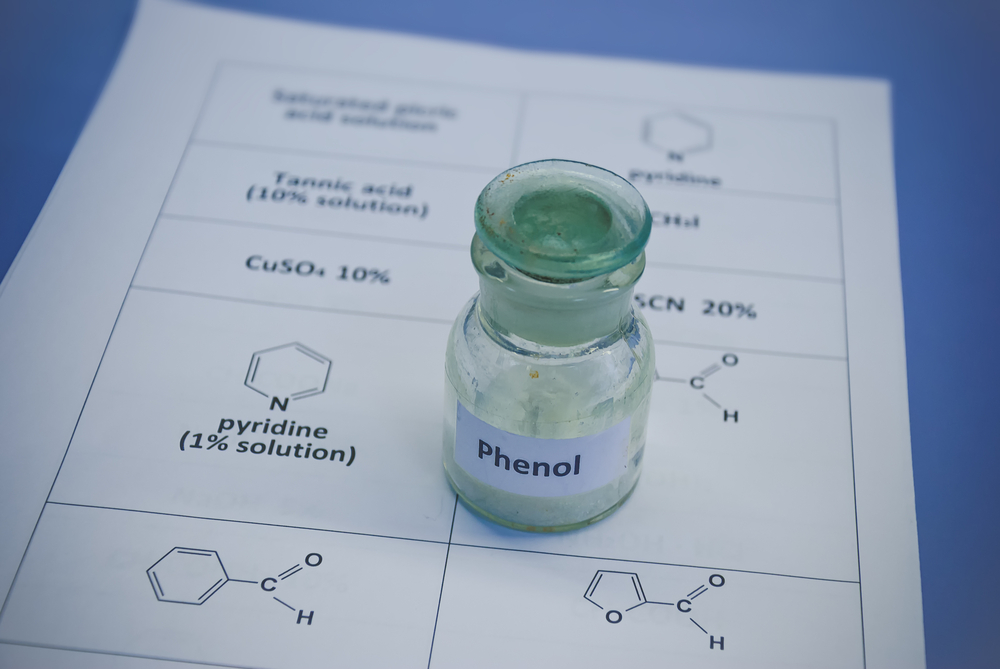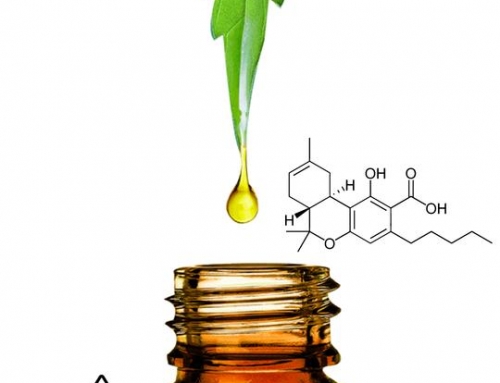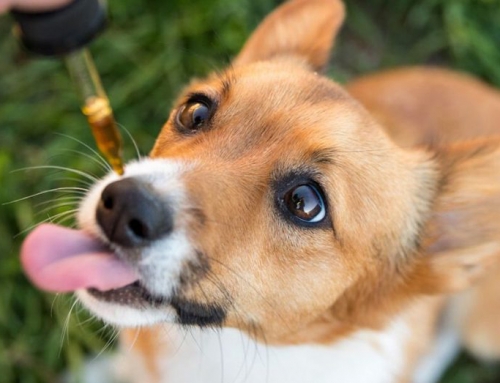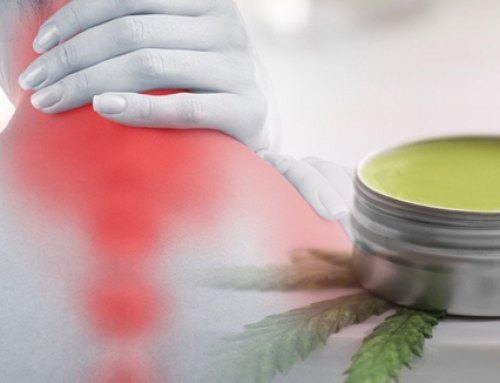Everyone has heard of cannabinoids and terpenes, but what the heck are phenolic compounds in cannabis? Phenolic compounds, also known as phenylpropanoids, are one of the most widely distributed group of secondary metabolites in the plant world numbering over 10,000, including flavonoids, tannins, stilbenes, curcuminoids, coumarins, lignans, quinones, phenolic acids, and others. They are the rock stars of the anti-cancer world when it comes to plant compounds; however, they do far, far more when it comes to scavenging free radicals and diminishing inflammation and pain.
Let’s focus on what is inarguably the most important phenolic compound – flavonoids. In Cannabis, about 20 flavonoids have been identified, mainly belonging to the flavone and flavonol subclasses. These include the O-glycoside versions of the aglycones apigenin, luteolin, kaempferol and quercetin, as well as cannflavin A and cannflavin B, which are methylated isoprenoid flavones that are unique to Cannabis. Phenolic amides and lignanamides have also been described in Cannabis flowers and roots. Similar compounds such as cannabisin D, have been described in Cannabis leaves.
Some important flavonoids, like quercetin, luteolin and kaempferol, naturally appear in cannabis as well in many other varieties of plants. However, flavonoids that are unique to cannabis are extremely bioactive and are called cannaflavins. Cannaflavin A has been found to reduce inflammation by inhibiting the inflammatory molecule PGE-2, something that Aspirin also does, only cannaflavin A does it 30 times more effectively than Aspirin.
Phenolic compounds, and cannaflavins in particular, are further evidence of the natural world stacking the benefits of the “entourage effect.”










